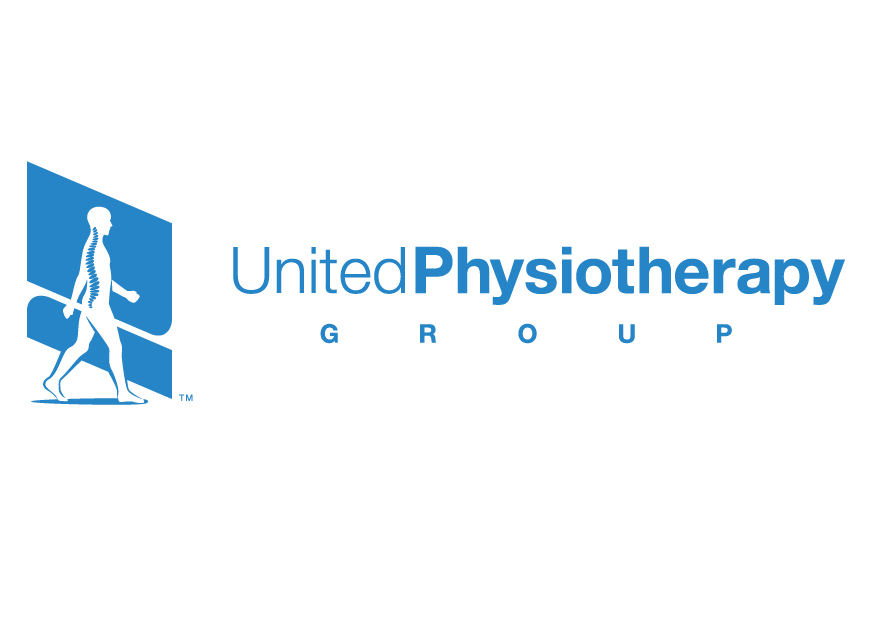Understanding Nick Kyrgios Knee Injury - Physio Analysis
The world No.21 Australian tennis player Nick Kyrgios announced his withdrawal from the Australian Open 2023 due to a left knee injury.
UPG Physiotherapist Dane Monaghan discusses and answers some of the most common questions to better understand Nick's situation and analyse his injury and its implications.
What are the causes of what happened to Nick Kyrgios that led him to retire from the AO?
He has had previous meniscus injuries in the past - in the healing process; it seems as though he has grown a small cyst within his knee.
This can make the knee uncomfortable and feel like there is added pressure within the joint.
What might be the symptoms that he presented?
According to what Nick and his physio told the press was some swelling and pain in his knee. Other common symptoms associated with meniscus-based injuries in athletes may include some locking or catching of the knee.
Will there be long-term implications for Kyrgios?
Multiple surgeries on his knee could lead to an early onset of arthritis. The main long-term indication is that Nick will have to maintain a good exercise routine for his knee to ensure it stays strong and avoids being exposed to forces higher than his knee capacity (The higher the capacity, the more the knee can deal with the demand).
A lot of evidence shows the positive effects of regular exercise on the knee following a meniscus injury. In fact, it can be comparable, if not better, than surgery! We must, however, understand that surgery is a viable option for Nick as his job is to play tennis, and surgery is likely the faster route to do that.
How could this injury have been prevented?
Very hard to say. What we do know is that for Tennis players, we can reduce the risk of injury through a number of factors such as:
Having a consistently progressive off-season with appropriate load management (avoiding doing too much too soon).
Practising landing, jumping, sprinting and all the movements that are exposed during a tennis match.
Having an appropriate warm-up
Appropriate footwear
The Australian Open is tough for tennis players as though they go from their 'off-season' into basically a grand final. Of course, there are a few lead-in tournaments, but they are very limited compared to what is asked of the champion over two weeks.
What is the recovery process for Kyrgios, and how long does it take?
Without knowing exactly what procedure he is undergoing, it is likely, we are looking at a 2-3 month process where the initial stages are about managing symptoms and restoring his everyday function. Once his symptoms settle and his range and function restore, we look to load up the knee with exercises to become stronger and be ready for the next competition.
How can physiotherapy help Kyrgios?
Exercise prescription and injury prevention:
Having an adequate base of strength in key areas of the body helps reduce the risk of injury.Treating any ‘niggles’ before playing
Muscle strength and functional movement assessments:
Identifying weaknesses and creating a plan for them (such as exercise prescription) can reduce the risk of injury and enhance performance!
Photo: Australia's Nick Kyrgios has his knee attended to. - AP Photo/Aaron Favila Source: AP https://www.foxsports.com.au/tennis/australian-open/australian-open-2019-live-scores-results-from-night-2-nick-kyrgios-v-milos-raonic-novak-djokovic-v-mitchell-kreuger/news-story/52eeca621bea8ea13486816785f6260c
